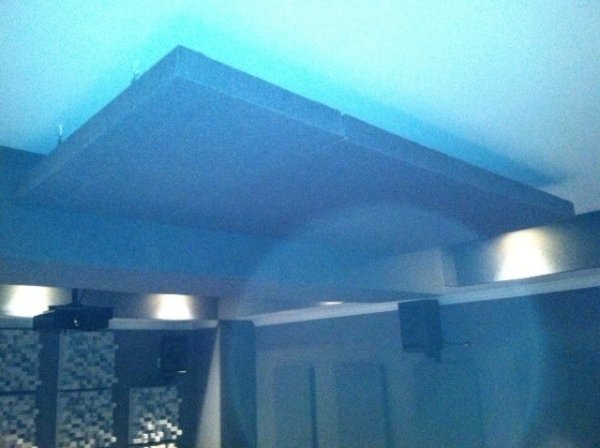You will need a measuring system (OmniMic, or XTZ or REW) to determine what surfaces are creating the nulls. In my case, while running sweeps (OmniMic), I moved the mic in all directions horizontally but the null only changed in Q, center point or magnitude but never went away. Only when I moved the mic up and down was I able to figure out where the problem was.
Hi Audioguy. Can you give a bit more detail on how you determined what was causing your nulls using OmniMic? For instance, what were you seeing when moving the mic up and down vertically, and how that indicated where to locate treatment?
Also what specific frequencies were the problem nulls occurring at?
Last edited:


